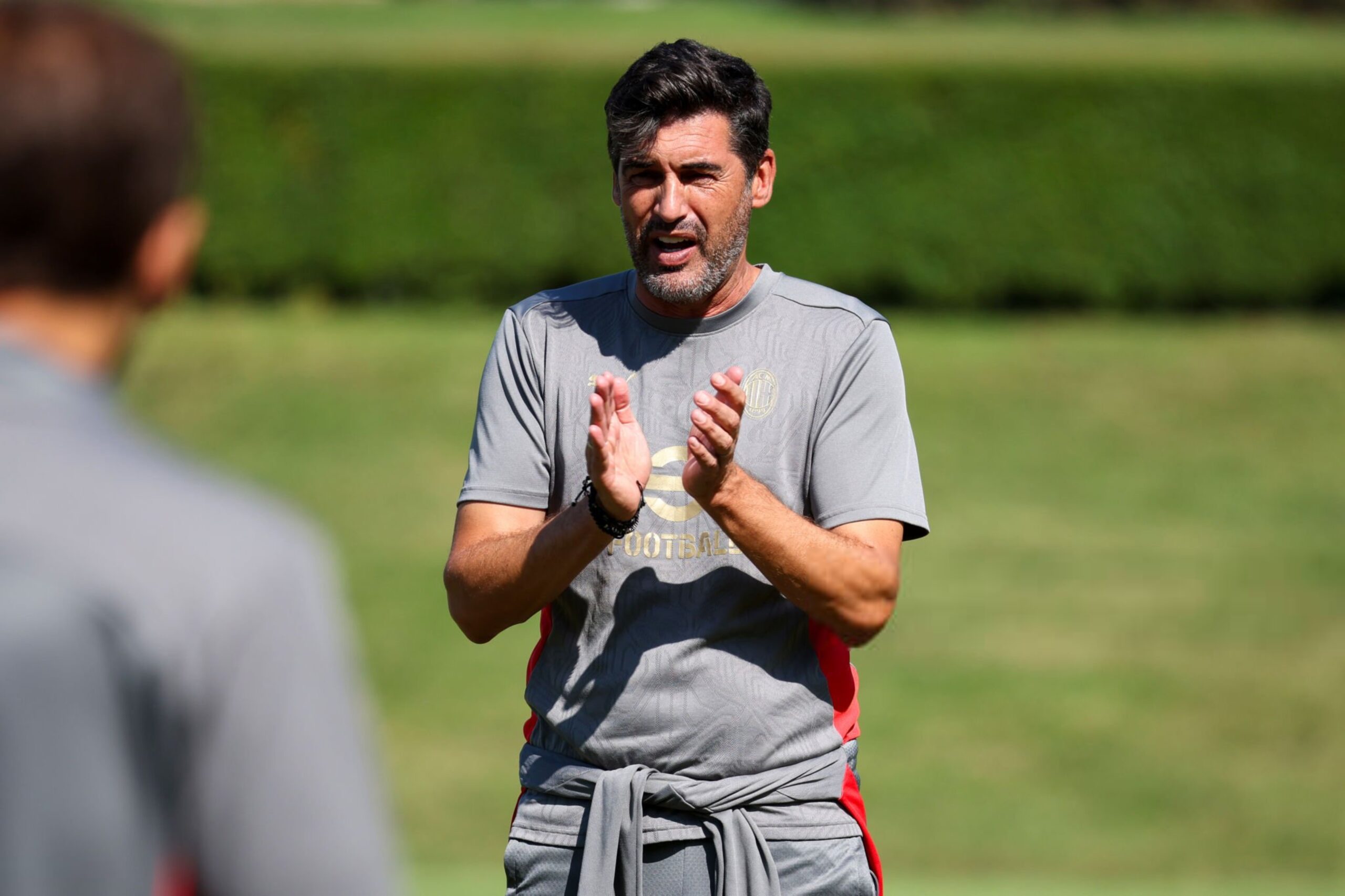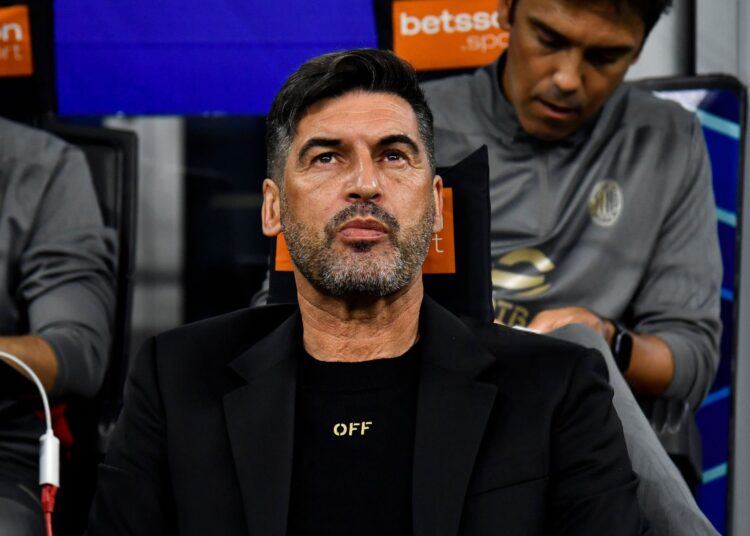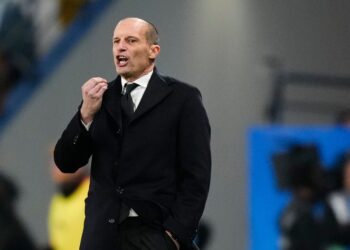Youssouf Fofana takes off his shirt and places it on the corner flag pole, covering Inter's flag. It’s a symbol: Milan wins the away derby, plants its flag at San Siro, and erases two years of nightmares and bad thoughts.
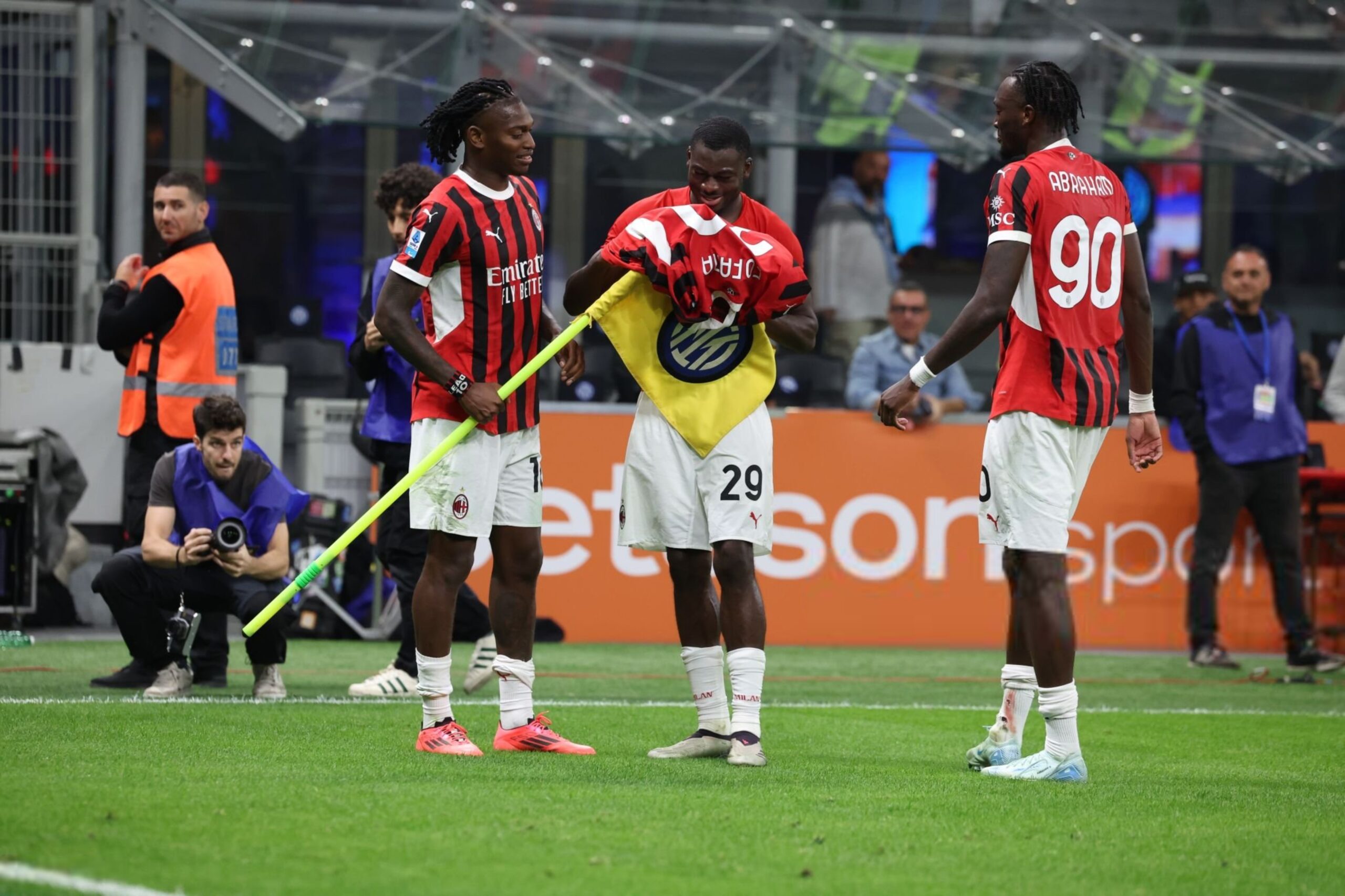
Under Pioli, Milan had lost six derbies in a row, conceded 14 goals, and scored only 2, sad and useless. The inferiority complex had grown to occupy the entire city. In Duomo, along the Navigli, at Porta Romana, Milan fans walked in silence, thinking the derby was already lost. "Miracle in Milan" was an old movie, not a hope anymore.
But Fonseca’s Milan won, and won deservedly. They had more chances, were sharper, more present, and in better shape throughout the second half. No one would have predicted it. But how did they do it? With courage: the courage to change and attack. The first credit goes to Fonseca and his three aspects: mentality, tactics, and physical fitness.
Milan mentality:
The coach said he spoke with the team for an hour on Wednesday morning. Milan restarted there, clearly realizing they still had a lot to give, and they did. It’s no coincidence that on Saturday, in the press conference, Fonseca spoke enthusiastically about the last three days of work. Matteo Gabbia said something significant on the topic: "Until our last day, we will follow Fonseca to the death."
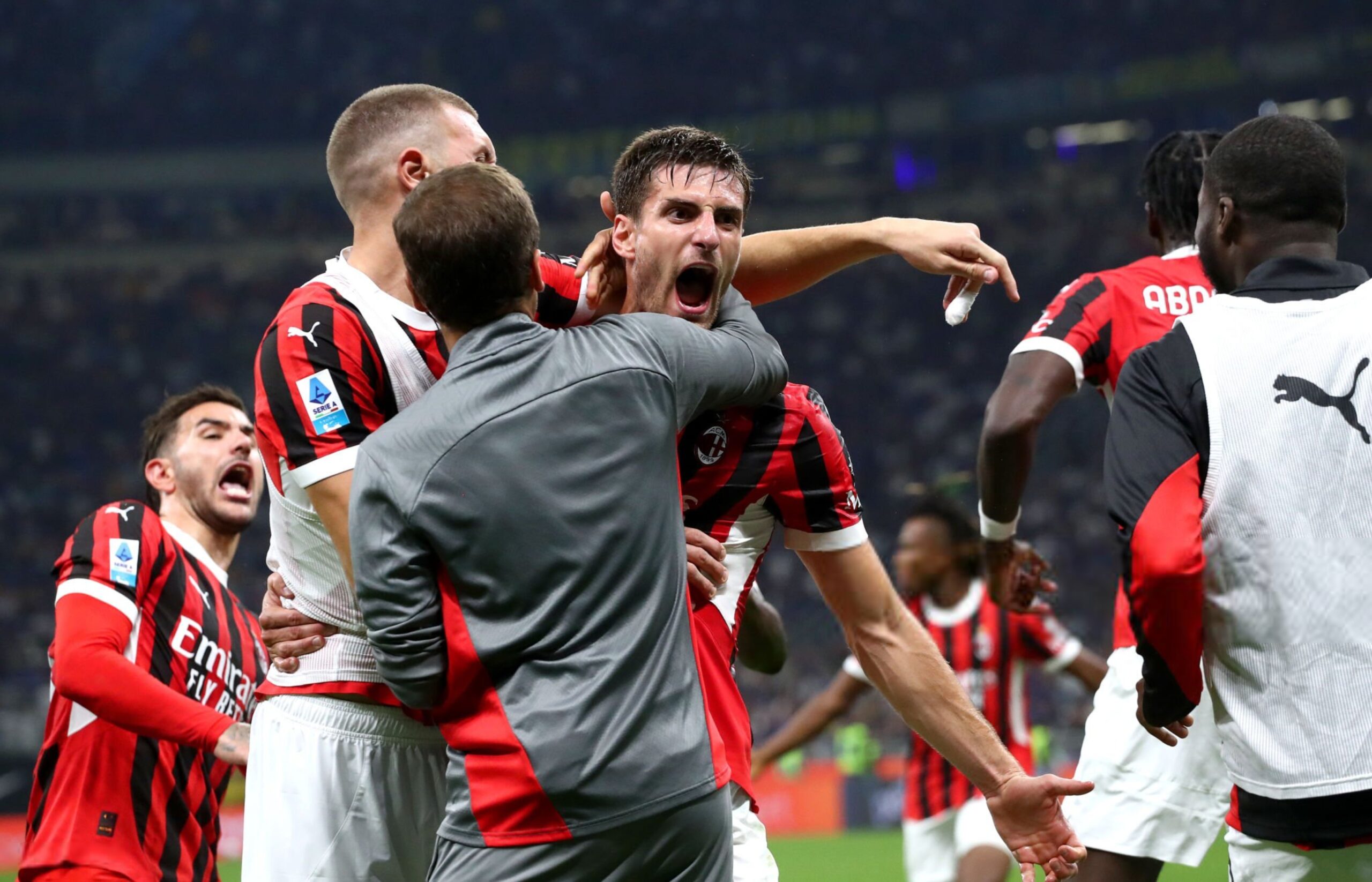
Fonseca's tactics and his Milan's physical fitness:
Tactics follow. Fonseca is right when he says he didn’t change the system of play, even in the summer, Loftus-Cheek played as an attacking midfielder-striker, like Morata in the derby – but the shift was clear. Everyone suggested defending, but he chose four attackers. In the darkest moments, Pioli, against Inzaghi, went to a three-man defense: 3-5-2, with everyone defending.
Fonseca went the other way, focused on offensive players, and won it in the second half. A strange effect: Inter made three substitutions immediately but looked increasingly tired and struggled more.
Milan with Tijjani Reijnders, Emerson Royal and Mike Maignan
The answer is starting to show. How did Fonseca win the derby? With courage, a united team, a different formation, and physical sharpness. Then, there are individual performances to discuss. Morata and Abraham weren’t part of the six derby losses: immune to the inferiority complex, they played freely.
Tijjani Reijnders, 20 meters further back, looked like a different player: in his first year at Milan, he performed poorly in important matches, but this time he was one of the best. Then, Emerson Royal, who made a mistake on Dimarco's goal but played an excellent second half, and Mike Maignan, who made a brilliant save against Thuram, reminiscent of his best days.
September 22nd is now a day of liberation for AC Milan. This team is far from perfect, with ups and downs, conceding too much, and an attacking leader (Leao) who shoots poorly on goal. But they beat Inter and now stand equal with them in the standings at 8 points, without any inferiority complex. Milanista kids can talk about the derby at school today. That hadn’t happened in two years.
This was reported by La Gazzetta dello Sport on their website
